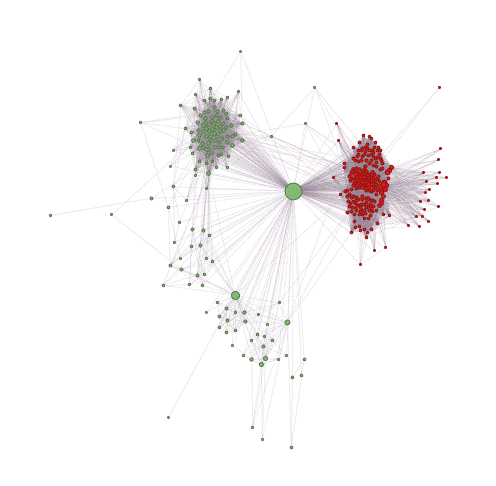
Atul Gawande got an inside look at how The Cheesecake Factory is able to deliver such great food at surprisingly low prices. We’ll get to the healthcare part of it soon enough but highlights of just the restaurant chain’s production process include:
- Most of the 308 items on a Cheesecake Factory menu are made from scratch. Only the Cheesecake itself is premade…at an actual factory for cheesecake in California.
- All Cheesecake Factory kitchens are designed in the same way. They are made to look like real factories with manufacturing lines that begin with raw ingredients which are chopped up, and end with the finished product.
- There are computer monitors in the kitchens that show the orders assigned to the station. The touch screens illustrate what the finished product should look like and also detail the raw ingredients to use and the steps of the recipe.
- The screen includes a timer that shows how long the item should take to prepare. Once it approaches the target time the background turns yellow. If it’s late it turns red.
- Yet the screens only show what to do – not how to do it. Each cook brings their own experience and style to the recipe. Care is taken to not let the food look manufactured.
- Before the food goes out it is rated on a scale of one to ten. An eight means that a couple of corrections are needed. Anything lower than a seven is immediately rejected and must be remade.
- If a restaurant orders too many groceries, then they rot away, wasting money. Order too few and customers will become frustrated and leave. The Cheesecake Factory aims to throwaway no more than 2.5% of the groceries it purchases. This is a phenomenal target as it requires near-perfect knowledge about which kinds of food customers will order.
- These forecasts are done through models that monitor both recent and long term rends, and take into account things such as sporting events that will likely keep people at home.
- Every six months a new menu item is introduced – anybody can suggest it. The CEO himself enjoys suggesting and sampling new ideas.
- Rolling out the new dishes to all of the cooks, servers, and restaurants across the United States takes just 7 weeks.
But how does this all fit into healthcare? Gawande notes that “restaurant chains have managed to combine quality control, cost control, and innovation” on a very large scale across hundreds of locations. This is exactly the challenge that health care in the United States faces today, and there is much to learn, especially in terms of standardization.
To find out exactly what lessons need to be learnt and how test projects have performed check out the full article here.
Source: The New Yorker
Via: Newmark’s Door










Join the Discussion! (No Signup Required)